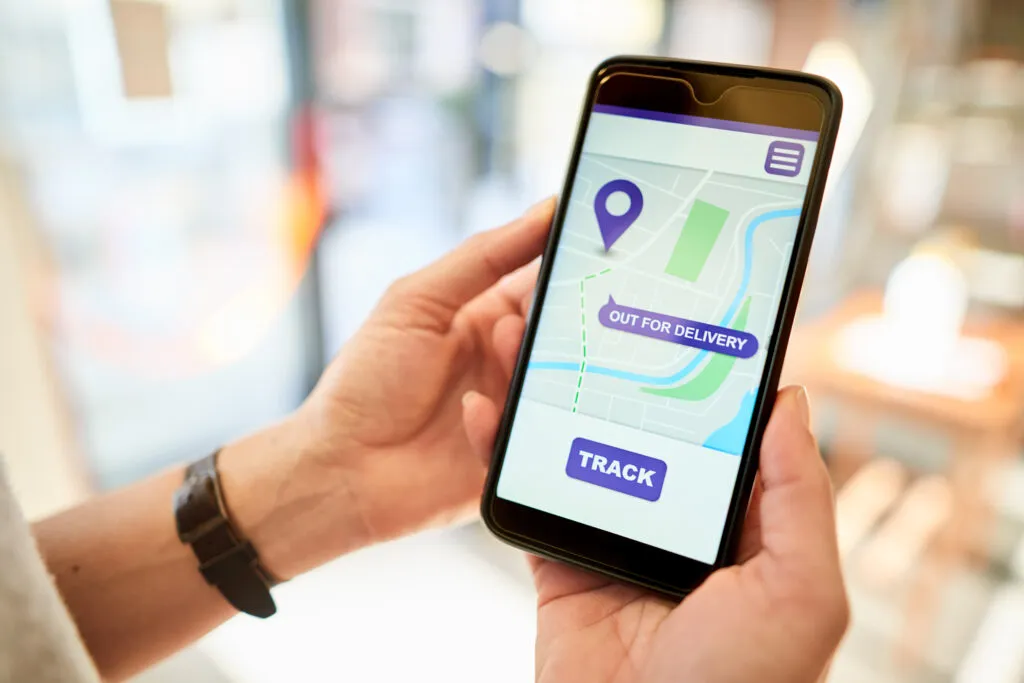
Get home early with RoadWarrior.
Enter your stops, optimize your routes, manage your team – quickly and efficiently.
Try RoadWarrior free for 7 days
Try free for 7 daysBarcodes play a crucial role in a wide range of industries, from retail and manufacturing to logistics and healthcare. They are machine-readable symbols that encode data to support various applications, such as inventory management, product tracking, and point-of-sale transactions. But with so many types of barcodes available, it can be challenging to determine which one is best suited for your business. In this comprehensive guide, we will explore the different types of barcodes, their uses, and their unique features.
1. One-dimensional (1D) Barcodes
One-dimensional barcodes, also known as linear barcodes, are the most common type of barcodes. They consist of parallel lines and spaces of varying widths, which encode data in a horizontal format. Here are some of the most widely used 1D barcode types:
UPC Code
The Universal Product Code (UPC) is a standard barcode used for retail products. UPC-A is the most common variation, consisting of 12 numerical digits. It is widely used in North America for product identification and inventory tracking. Another variation, UPC-E, encodes only six numerical digits and is often used for small items or limited label space.
EAN Code
The European Article Number (EAN) barcode is similar to the UPC code but is more commonly used outside of North America. EAN-13 is the default form factor, encoding 13 digits, while EAN-8 is used for products with limited label space, encoding eight digits. EAN codes are widely used in retail for product identification and point-of-sale transactions.
Code 39
Code 39 is one of the oldest and most popular barcode types. It is an alphanumeric barcode that can encode uppercase letters, numbers, and a few special characters. Code 39 barcodes are commonly used in the automotive industry, the U.S. Department of Defense, and other applications that require a versatile and widely supported barcode format.
Code 128
Code 128 is a high-density barcode that can encode the entire ASCII character set. It is widely used in logistics, transportation, and supply chain applications for labeling packages and tracking shipments. Code 128 barcodes can store large amounts of data in a compact form, making them ideal for applications that require extensive information storage.
ITF (Interleaved 2 of 5)
Interleaved 2 of 5 (ITF) is a numeric-only barcode format commonly used in the industrial sector. It encodes digits in pairs, resulting in a more compact barcode. ITF barcodes are often used for labeling products, such as cartons and pallets, in general distribution and warehouse operations.
These are just a few examples of the many 1D barcode types available. Each type has its own unique characteristics and applications, allowing businesses to choose the barcode that best suits their needs.
2. Two-dimensional (2D) Barcodes
Two-dimensional barcodes, also known as 2D barcodes, are more advanced and can store a larger amount of data compared to 1D barcodes. Unlike 1D barcodes that encode data in a horizontal format, 2D barcodes encode data in both horizontal and vertical axes, allowing for more information to be stored in a smaller space. Here are some popular examples of 2D barcode types:
QR Code
QR (Quick Response) codes are perhaps the most recognized type of 2D barcode. They consist of square patterns of black and white modules, which can be scanned by smartphones or barcode scanners. QR codes can store various types of data, including text, URLs, contact information, and more. They are commonly used in marketing, advertising, and mobile payment applications.
Data Matrix
Data Matrix is a 2D barcode format that can store a large amount of data in a small space. It consists of a grid of black and white dots, and its compact size makes it suitable for applications where label space is limited. Data Matrix barcodes are commonly used in the healthcare industry for labeling medical devices, pharmaceuticals, and other healthcare products.
PDF417
PDF417 is a stacked linear barcode format that can encode a significant amount of information. It consists of multiple rows of stacked linear barcodes, allowing for the storage of large data sets. PDF417 barcodes are commonly used in transportation and logistics for applications such as airline boarding passes, driver’s licenses, and shipping labels.
These are just a few examples of the many 2D barcode types available. 2D barcodes offer greater data storage capacity and more advanced features compared to 1D barcodes, making them suitable for a wide range of applications.
Conclusion
Barcodes play a vital role in various industries, enabling efficient data capture, inventory management, and product tracking. Understanding the different types of barcodes, both 1D and 2D, allows businesses to choose the barcode format that best suits their specific needs. Whether it’s retail, manufacturing, logistics, or healthcare, the right barcode type can streamline operations


